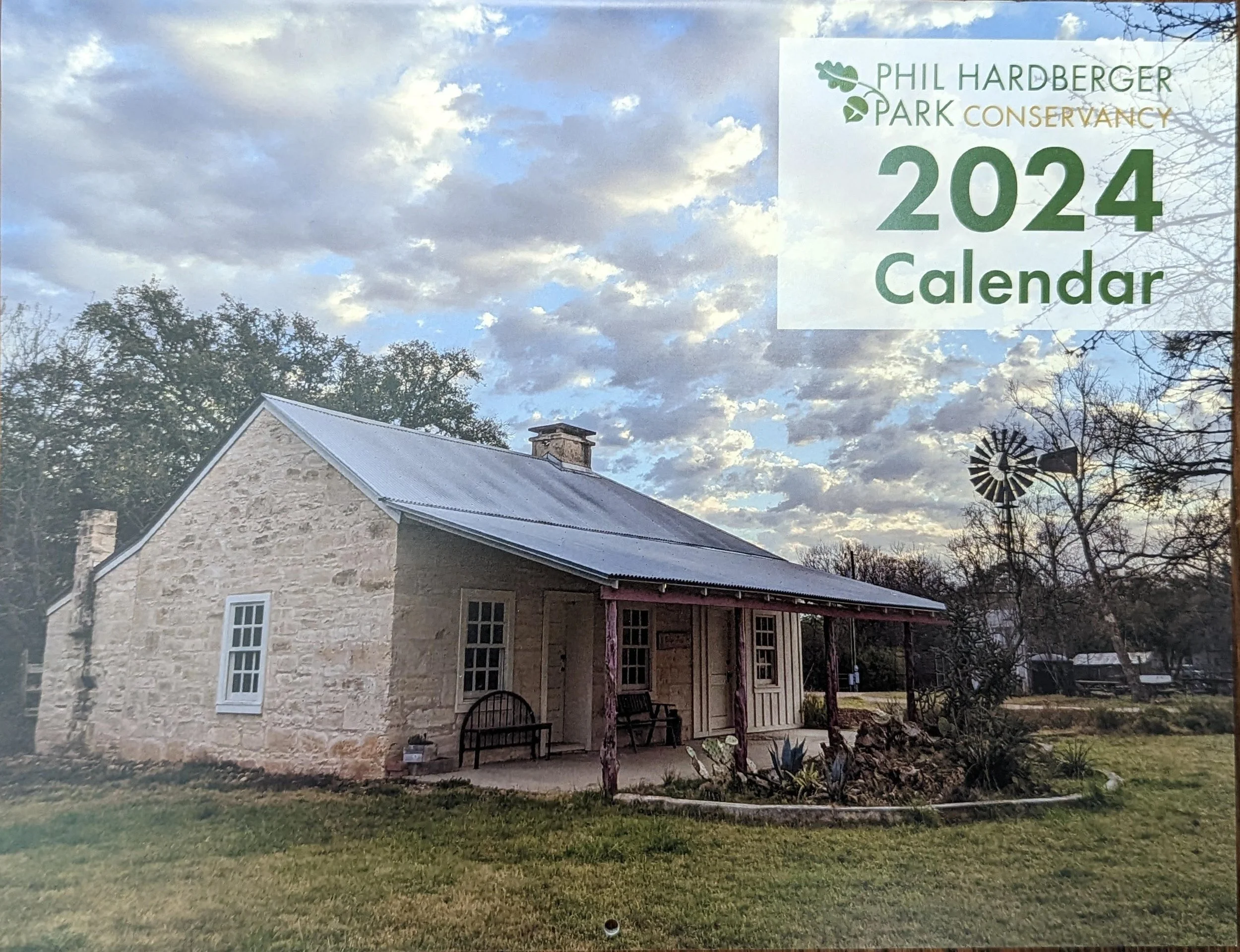Bird enthusiasts, hikers and ordinary folks turn out to enjoy new trail at Phil Hardberger Park's second open house.
Munching on an apple as he walked through a newly carved path in the early morning chill, 10-year-old Alex Gonzalez didn't appear bothered about missing his Saturday morning cartoons on television.
"We love walking here," he said, pointing to his sister. Karina, 6. Behind them, their grandfather, Nick Flores, beamed with pride.
The trio was among 75 people who turned out on a sunny but windy Saturday morning. It was just the second time the sprawling 311-acre North Side site has been open to the public since the city acquired it early this year.
Last week, Parks and Recreation Department crews braved cold, rainy weather to carve a winding 1.5-mile trail through sometimes heavy brush and towering oaks in preparation for Saturday's event.
Many of those who turned out were bird enthusiasts, armed with binoculars, cameras and hiking gear as they traversed the 204-acre parcel south of Wurzbach Parkway.
The 107 acres of land north of the parkway about Salado Creek, which park officials hope will be the start of a 13-mile-long linear park that eventually will wind through the city to the South Side.
Flores is a recently retired federal employee and 26-year resident of Castle Hills, which is located next to the land that Mayor Phil Hardberger wants to transform into a world-class urban park.
"We think it is great to have the park as our neighbor," said Flores, whose home is located less than 100 yards east of the yet-to-be-developed park. "It is certainly better than having a bunch of houses here."
Directly across Northwest Military Highway from the park, a real estate development has stripped vast areas of land to make way for homes and commercial development.
It's the kind of development that is common in the fast-growing, parks-poor North Side, and the reason Hardberger pushed to have the city purchase the former dairy cattle farm that Max and Minnie Voelcker operated for most of the last century.
The acreage is home to dozens of deer, a transient coyote population, bobcats, raccoons, ringtail cats, rock and fox squirrels and at least 51 bird species, said Pat Merkord, a wildlife consultant with Bluestem Environmental of Conroe.
Merkord also found a large den that she suspects is the home of a badger.
Over the next year, the site will be minimally impacted under an evolving master development plan, said Parks and Recreation Director Malcolm Matthews.
Certain to remain untouched are vast open areas of natural grass and heavily wooded sections that contain huge heritage oak trees dating to the l700s.
"We are nature lovers," Flores said, pointing to his grandchildren. "Every chance we get we come out and walk around the area. The fact that the city chose to do what it did in acquiring the land is a good thing."





